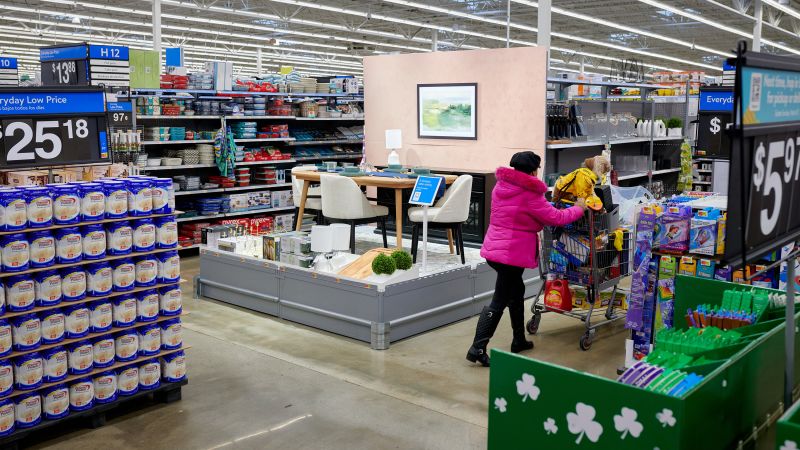Anxiety over potential recession in the US economy was sparked by a sharp rise in unemployment two weeks ago. However, this reaction was an overreaction to a single data point. The economy is actually in solid shape, with no imminent recession on the horizon. Despite this, many Americans still feel financially strapped, housing remains unaffordable for many, and prices are not decreasing despite inflation cooling down. Politicians are using economic narratives to push their agendas, often focusing on single topics to avoid muddying the message.
Consumer spending has been a bright spot in the economy, with sales at US retailers surging by 1% from June to July. This demonstrates the resilience of American consumers, who have continued to shop through various crises. However, consumers are increasingly focused on finding bargains, impacting luxury brands while benefiting retailers like Walmart and Costco. Despite budget-conscious spending, consumers are still spending at a solid pace, according to Nationwide Chief Economist Kathy Bostjancic.
The labor market is another positive area for Democrats to campaign on, as unemployment remains historically low at 4.3%. However, job creation has slowed down due to high interest rates making expansion difficult for businesses. More people rejoining the labor force has also pushed the unemployment rate up, adding complexity to the narrative surrounding the state of employment. The recent increase in unemployment has added further complications for the economic narrative.
The housing market is currently facing challenges, with shelter costs driving inflation over the past three years. The median price for previously owned homes is at an all-time high, largely due to tight supply and increased demand during the pandemic. Higher mortgage rates caused by the Federal Reserve’s inflation-fighting measures have also contributed to rising prices. While mortgage rates are decreasing and supply is increasing, it may take years for the housing market to stabilize according to Bank of America economists.
The Federal Reserve successfully managed to control inflation without crashing the economy, but prices are still high. While inflation has slowed from its peak during the economic recovery post-Covid, prices have not decreased. Grocery prices, in particular, have risen by 20%, adding to consumer concerns. Demand and corporate practices are keeping prices high, prompting potential action from the Harris campaign against price gouging. It is crucial to maintain a balance between lower prices and avoiding deflation, with wage growth currently outpacing food inflation.
Overall, the economy is complex and nuanced, with various factors at play in different sectors. While consumer spending and low unemployment rates are positive indicators, challenges in the housing market and high prices continue to affect American households. Political agendas may skew the economic narrative, but a closer look reveals a more detailed and varied story of the economy’s current state. It’s essential to consider multiple data points and trends to accurately assess the economic situation and plan for the future.













